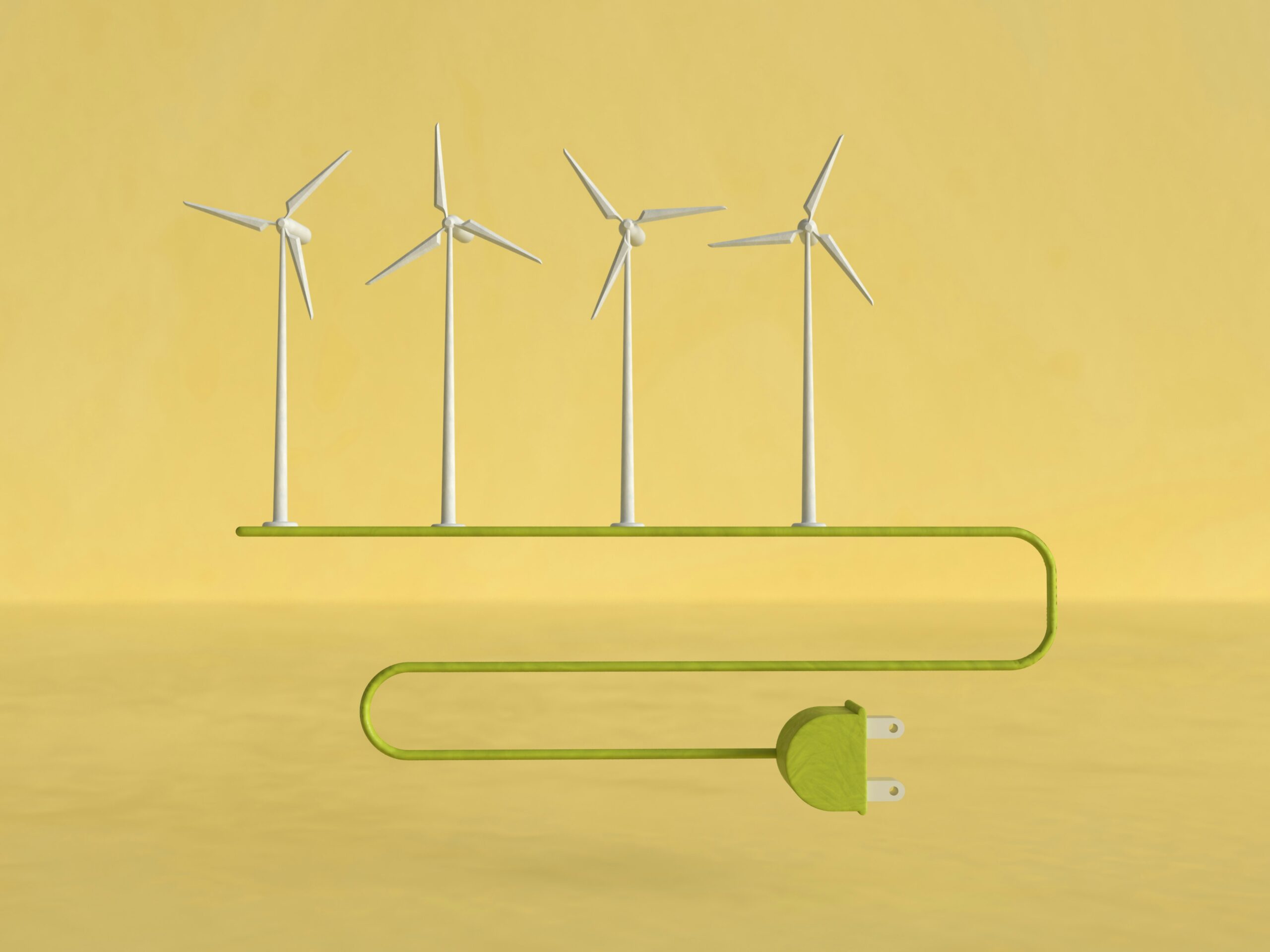
In the face of escalating climate change concerns, reducing carbon footprint has become a global imperative. One of the most effective strategies to achieve this is through the adoption of renewable energy technologies. As the world pivots away from fossil fuel dependence, renewable sources like solar, wind, hydro, and biomass are proving crucial in efforts to curtail greenhouse gas emissions. This article delves into how these technologies contribute to a substantial reduction in carbon footprints, underscoring their role in a sustainable future.
Understanding Carbon Footprints
A carbon footprint measures the total greenhouse gas emissions caused directly and indirectly by an individual, organization, event, or product. Traditionally, energy production has been a major contributor to carbon footprints due to the heavy reliance on fossil fuels such as coal, oil, and natural gas. These materials release significant amounts of carbon dioxide (CO2) and other greenhouse gases into the atmosphere when burned, driving global warming and climate change.
The Impact of Solar Energy
Solar energy, derived from the sun’s radiation, offers a potent solution for reducing carbon footprint. Photovoltaic (PV) cells convert sunlight directly into electricity without any combustion, bypassing traditional carbon emissions entirely. The main environmental impact of solar energy comes from the manufacturing, transportation, and installation of the panels. However, these emissions are relatively minor compared to the lifecycle emissions of fossil fuel-based energy sources. Moreover, ongoing advancements in solar technology and increased production efficiency continue to reduce these initial carbon costs.
Wind Energy’s Role in Cutting Emissions
Wind energy is another cornerstone in the fight against climate change. By harnessing the natural wind through turbines, this technology converts kinetic energy into electricity without emitting greenhouse gases. The production and installation of wind turbines involve some emissions, but once operational, turbines produce zero emissions during electricity generation. Over their operational lifetime, which can be 20 to 30 years, the emissions saved by using wind energy far outweigh the initial environmental impact of their construction.
Hydropower: A Consistent Contributor
Hydropower, generated by the gravitational force of flowing or falling water, is the most established form of renewable energy. While it is generally clean, concerns about methane emissions from reservoirs and ecological disruptions from dam construction do exist. Despite these issues, hydropower significantly reduces carbon emissions by replacing electricity production from fossil fuel sources. It also provides a reliable and consistent power supply that can help balance more variable renewables like solar and wind.
Biomass: A Complex Equation
Biomass energy uses organic materials—wood, crops, and waste—to generate heat or electricity. It is often considered carbon-neutral because the CO2 released during combustion is offset by the CO2 absorbed by the plants during their growth. However, the sustainability of biomass depends on careful management of these resources and consideration of full lifecycle emissions. When implemented with proper controls, biomass can contribute to carbon footprint reduction by substituting for fossil fuels.
Integration and Innovation
The key to maximizing the carbon reduction potential of renewable technologies lies in their integration into a cohesive energy system. Innovations in energy storage and smart grid technologies allow for more efficient use of renewables, reducing the need for carbon-intensive backup power sources. By integrating various forms of renewable energy and enhancing their storage capabilities, it is possible to create a robust, reliable, and low-carbon energy grid.
Renewables at the Heart of Carbon Reduction
The transition to renewable energy is pivotal in global efforts to reduce carbon footprints. Each renewable technology contributes uniquely to these efforts, offering viable paths away from fossil fuel use and toward a sustainable energy future. As the world continues to grapple with climate change, the expansion of renewable energy capacities, coupled with advancements in technology and integration, will play a critical role in achieving significant and necessary reductions in global carbon emissions. This transformation not only helps protect the environment but also supports economic growth and energy security, making it a clear win for both the planet and its inhabitants.